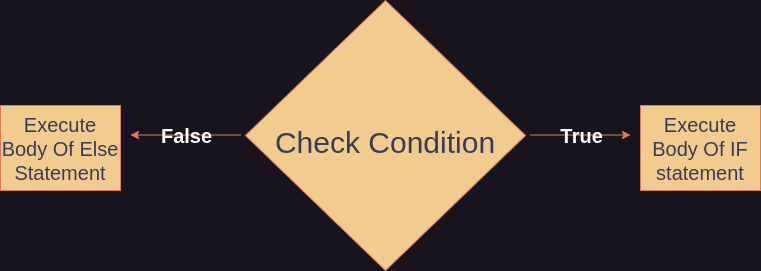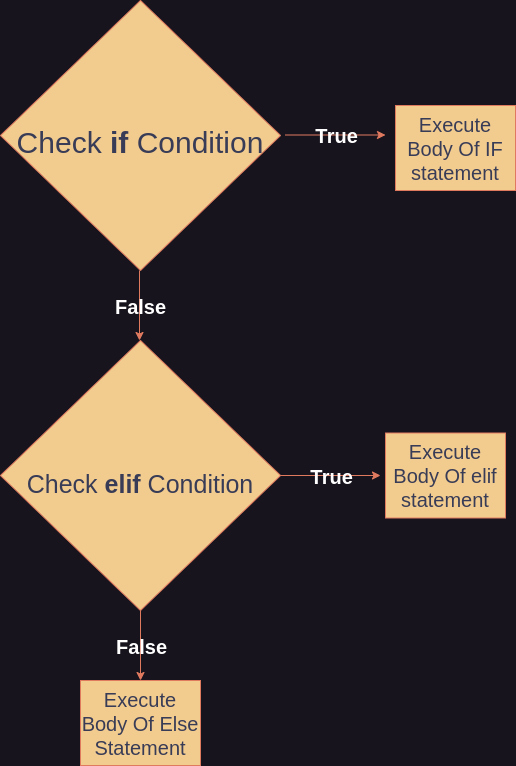Else Statements
Control Flow
Say you've written a program that contains an if statement. But you would like the program to so something else if the if statement's condition is false and the if statement's body does not execute. This is known as control flow. Control flow is the control of the order of execution of code in your program. By using conditional statements of different kinds we can control what happens based on these conditions.
else statements
The conditional statement we can use to execute code if the body of an if statement does not execute is an else statement. An else statement checks a condition following an if statement if and only if the conditional of the if statement was false and the if statement did not execute its body.
Say we would like to continue the example from the previous section by having the program do something else since the condition of the if statement is false.
x = 10
if ( x > 21 ):
print("x is larger than 21")
else:
print("x is 21 or smaller")
Here an else statement comes directly after the if statement. The else statement's body is print("x is smaller than 21"), and it will execute since the body of the if statement does not. Note that an else statement has no conditional check. However there is technically an implicit condition: that the condition of the if statement is false. Because an else statement will not execute its body if the if statement has already executed its.
 The flow from an if statement to an else statement
The flow from an if statement to an else statement
else if statements
The elif statement - short for else if however, is an else statement with a condition. So it executes its body if the previous if statement did not execute its body AND the elif statement's condition is true. So, where a if-else block can be used for 2 possible outcomes, an if-elif-else block can be used for 2 or more possible outcomes. Keep in mind that if the if statement executes its body, nothing else is done. The flow stops at the if statement if it has a true condition.

The flow from if to elif to else statement
x = 19
if ( x > 21 ):
print("x is larger than 21")
elif (x > 14):
print("x is larger than 14")
else:
print("x is 14 or smaller")
Here, the value of x is checked twice before the else statement finally executes. This structure could be extended using as many elif statements as necessary.
Nesting
Just like functions, conditional statements can be nested as well. Recall nesting means to contain one structure within another. For example:
x = "Hello"
y = " World!"
if (x == "Hello"):
if (y == " World!"):
print(x+y)
Here the body of the next if statement executes since the inner condition and outer condition are both true. Not that this is logically the same as ANDing the conditions in a single if statement since BOTH conditions must be true.
x = "Hello"
y = " World!"
if ( x == "Hello" and y == " World!"):
print(x+y)